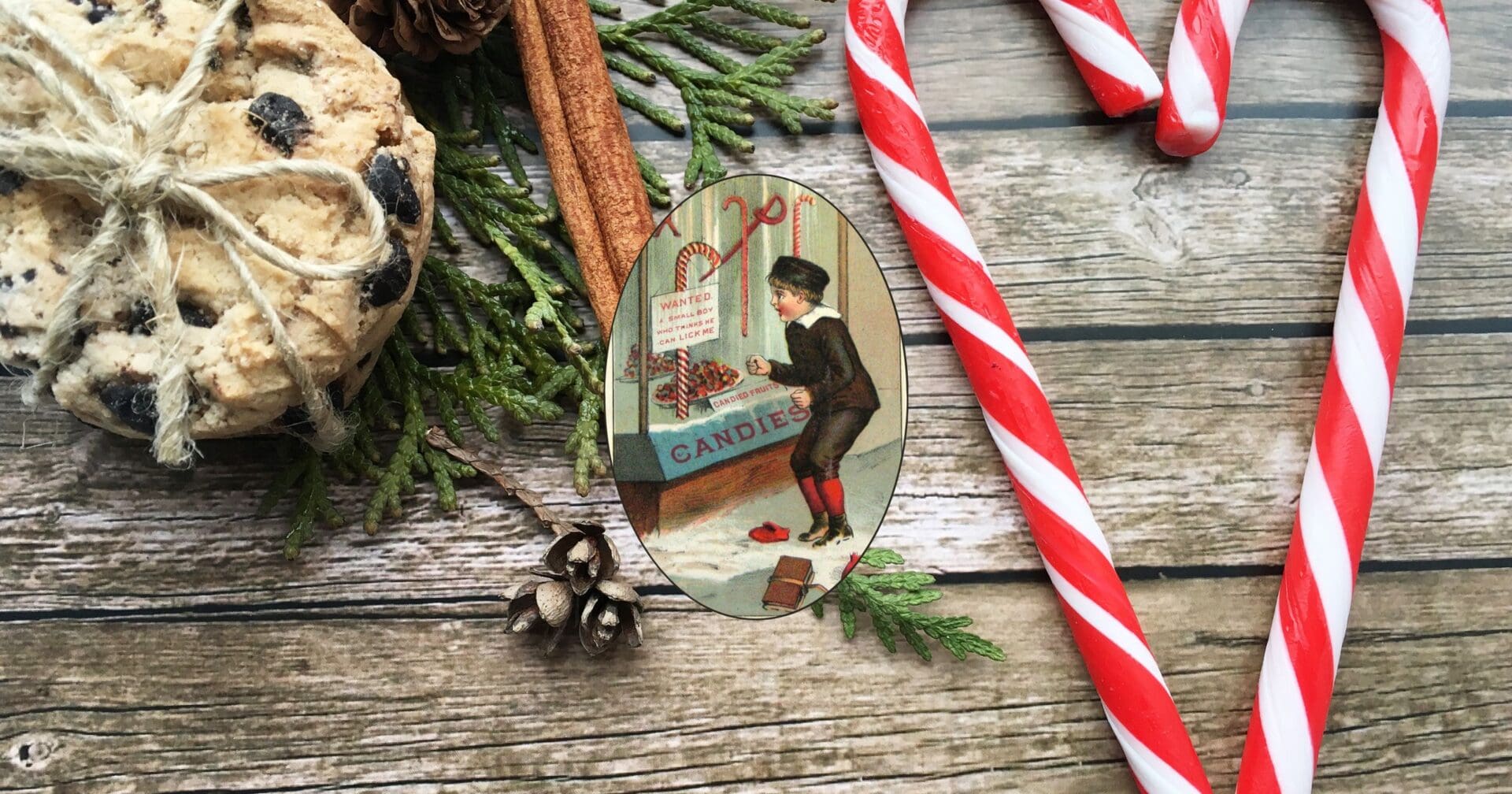The candy cane is the favorite Christmas confectionary concoction to many – but the candy cane didn’t always have its classic crook at the top with red stripes. Before the candy cane, there were only “sugar sticks.”
According to pious tradition, in 1670 A.D. a choirmaster at the Cologne Cathedral in Germany was searching for a remedy to noisy children interrupting the living crèche on Christmas Eve.
He asked a local confectioner to make “sugar sticks” for him, but to justify giving candy to children during Church services, asked they be made with a crook at one end to remind the children of the shepherds who came to see the infant Christ. The white color of the new “candy canes” were used to teach children of the belief in the perfection of Christ. The red stripe symbolized the blood Christ shed on the Cross.
From Germany, candy canes spread to other parts of Europe, handing out during play reenacting the Nativity. (The candy cane didn’t make it to the United States until around 1847, when German immigrant August Imgard decorated his Christmas tree in Wooster, Ohio).
Thus the candy cane became associated with Christmastide. The candy cane also became associated with Saint Nicholas, said to represent the crosier of a Catholic Bishop.
Saint Nicholas Day Blessing of Candy Canes
Good St. Nicholas, we honor you
on this your holy feast day.
We rejoice that you are the patron saint
and the holy symbol of joy
for many peoples of many lands.
Come, great-hearted saint,
and be our patron and companion
as we, once again, prepare our homes and hearts
for the great feast of Christmas,
the birth of the Eternal Blessing, Jesus Christ.
May these sweets, these candy canes,
be a sign of Advent joy for us.
May these candy canes,
shaped just like your Bishop’s staff,
be for us a sign of your benevolent care.
We rejoice that you are the holy bringer of gifts and that so many have been delighted through your great generosity.
Help us to be as generous of heart.
Wherever these candy canes are hung,
on tree or wall or door, may they carry with them the bright blessing of God.
May all who shall taste them
experience the joy of God
upon their tongues and in their hearts.
We ask God, now, to bless
these your brightly striped sweets
in the name of the Father,
and of the Son, and of the Holy Spirit. Amen.
Photo credit: parasolia / Shutterstock | Public Domain via Wikimedia Commons


















[…] at National Cth Register A Model Roman Altar – Shawn R. Tribe at Liturgical Arts Journal Did You Know? The Candy Cane Is a Catholic Christmas Creation – Billy Ryan at uCatholic Ecclesiastical Textiles of Richard Norman Shaw (1831 – 1912) […]